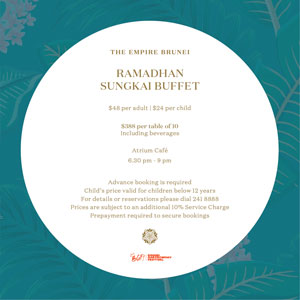His Majesty Sultan Haji Hassanal Bolkiah Mu’izzaddin Waddaulah ibni Al-Marhum Sultan Haji Omar ‘Ali Saifuddien Sa’adul Khairi Waddien, Sultan and Yang Di-Pertuan of Brunei Darussalam concluded the state visit to Türkiye.
Prior to departure from Istanbul, a Doa Selamat was recited by Pehin Orang Kaya Paduka Seri Utama Dato Paduka Seri Setia Haji Awang Salim bin Haji Besar.
Present at Grand Airport VVIP State Guest House Istanbul to bid farewell to His Majesty was Türkiye Minister of Industry and Technology Mustafa Varank.
Ambassador of Brunei Darussalam to Türkiye Mohammad Shafiee bin Haji Kassim was also present.
Earlier, His Majesty visited several historical sites – Hagia Sophia Grand Mosque, Topkapı Palace Museum and Dolmabahçe Palace in Istanbul, Türkiye.
His Majesty first visited the Hagia Sophia Grand Mosque where the monarch was greeted on arrival by Director of Culture, Registry and Museums Osman Nak.
His Majesty was then briefed on the history and background of the mosque as well as toured its areas and performed a Sunnat Tahyatul Masjid prayer.
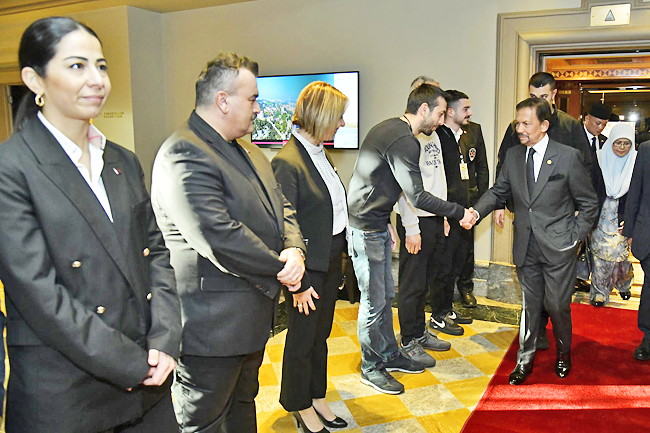
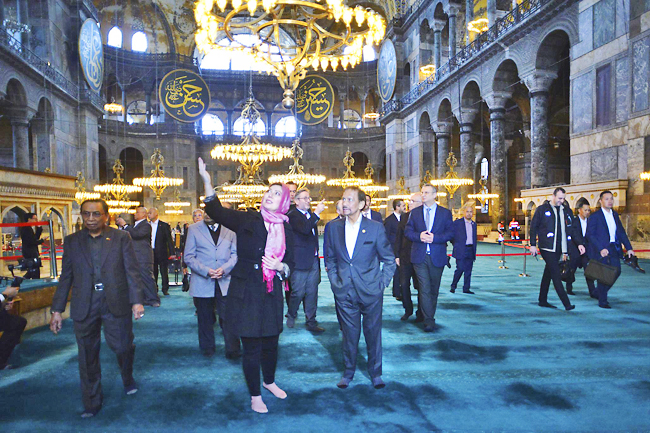
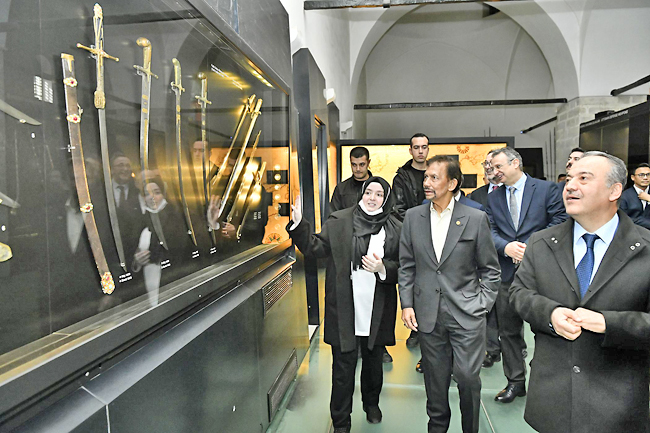

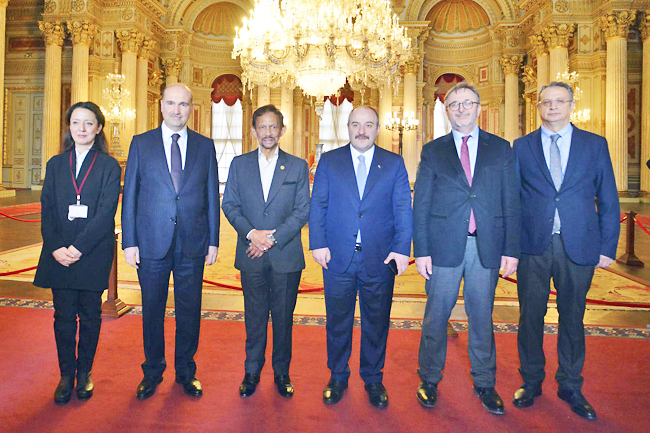
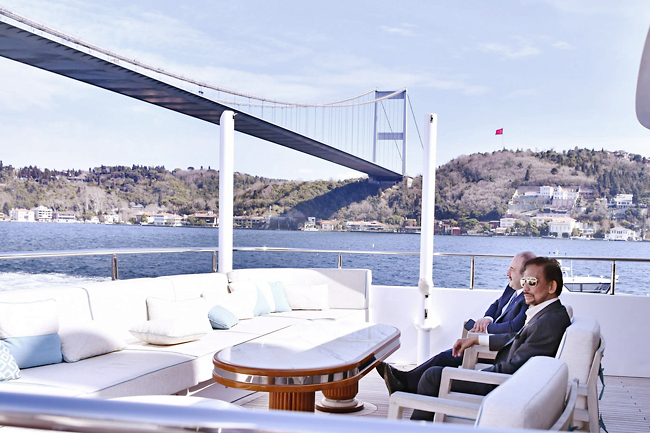
The Hagia Sophia Grand Mosque is an important Byzantine structure in Istanbul and one of the world’s most renowned monuments. It was built as a church in the sixth century.
Following the arrival of Islam, the building was added with minarets and Islamic inscriptions and then turned into a mosque. During the reign of Mustafa Kemal Atatürk, Hagia Sophia was turned into a museum and later announced as a mosque again in 2020 by Türkiye President Recep Tayyip Erdoğan.
His Majesty was welcomed on arrival by Deputy Executive Director of National Palaces Ilhan Kocaman.
At the Topkapı Palace Museum, the monarch toured several exhibitions including Islamic relics, armoury of Islamic warfare as well as former main residences and administrative headquarters for the sultans of the Ottoman Empire.
The Topkapı Palace Museum opened as a museum in 1924.
At the end of the visit, His Majesty proceeded to the Dolmabahçe Palace, where the monarch was greeted on arrival by Director of National Palaces Yasin Yildiz.
At the Dolmabahçe Palace, His Majesty was introduced to the history of the building as the first European-style palace in Istanbul that was built by Sultan Abdülmecid I in the 19th Century.
The palace was previously the residence of the last six sultans of the Ottoman Empire, and is also known as the building where the founder of Türkiye Mustafa Kemal Atatürk passed away in 1938.
The monarch’s visit to these historical sites provided the opportunity to strengthen people-to-people ties between both countries through deeper understanding of the social, political and economic growth of Türkiye, that is rich in culture, civilisation and history.
Following the visits, His Majesty boarded a yacht to cruise along the Bosphorus Strait.
Also present was Türkiye Minister of Industry and Technology Mustafa Varank.
During the state visit, His Majesty in his titah stated that he and the people of Brunei Darussalam offer their condolences to the people of Türkiye following the recent earthquakes as well as Sultanate’s readiness to provide assistance.
His Majesty was pleased with the progress of bilateral relations between Brunei and Türkiye and welcomed collaboration in new areas as well as the pursuit of investment opportunities.
Through this, the monarch said, the relationship between Brunei and Türkiye is in a good position to continue to strengthen.
The monarch also attended four-eye and bilateral meetings with President Erdoğan in which the two leaders discussed matters of mutual interest to further strengthening bilateral cooperation between Brunei and Türkiye, in the fields of trade and investment, education, culture, and defence.
In addition, His Majesty attended the wreath-laying ceremony at Anıtkabir, the mausoleum of Mustafa Kemal Atatürk; the welcoming ceremony at the Presidential Palace; as well as visited Turkish Aerospace Industries in Ankara.
The Government of His Majesty has also signed five new agreements with the government of Türkiye on matters related to archive, education, defence, culture as well as bilateral consultations.




